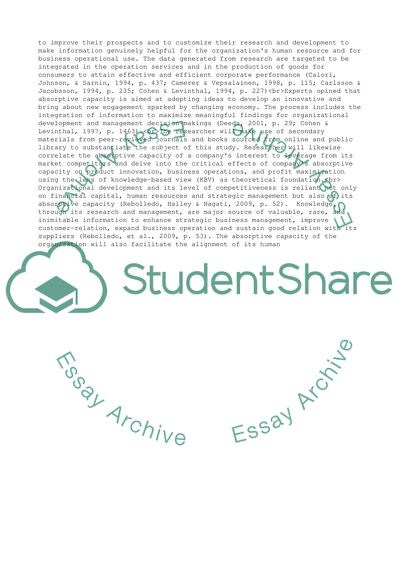Cite this document
(What is absorptive capacity and how can this be used within supply Essay, n.d.)
What is absorptive capacity and how can this be used within supply Essay. https://studentshare.org/management/1799835-what-is-absorptive-capacity-and-how-can-this-be-used-within-supply-chain-management-to-increase-supply-chain-profitability-and-responsiveness
What is absorptive capacity and how can this be used within supply Essay. https://studentshare.org/management/1799835-what-is-absorptive-capacity-and-how-can-this-be-used-within-supply-chain-management-to-increase-supply-chain-profitability-and-responsiveness
(What Is Absorptive Capacity and How Can This Be Used Within Supply Essay)
What Is Absorptive Capacity and How Can This Be Used Within Supply Essay. https://studentshare.org/management/1799835-what-is-absorptive-capacity-and-how-can-this-be-used-within-supply-chain-management-to-increase-supply-chain-profitability-and-responsiveness.
What Is Absorptive Capacity and How Can This Be Used Within Supply Essay. https://studentshare.org/management/1799835-what-is-absorptive-capacity-and-how-can-this-be-used-within-supply-chain-management-to-increase-supply-chain-profitability-and-responsiveness.
“What Is Absorptive Capacity and How Can This Be Used Within Supply Essay”. https://studentshare.org/management/1799835-what-is-absorptive-capacity-and-how-can-this-be-used-within-supply-chain-management-to-increase-supply-chain-profitability-and-responsiveness.


